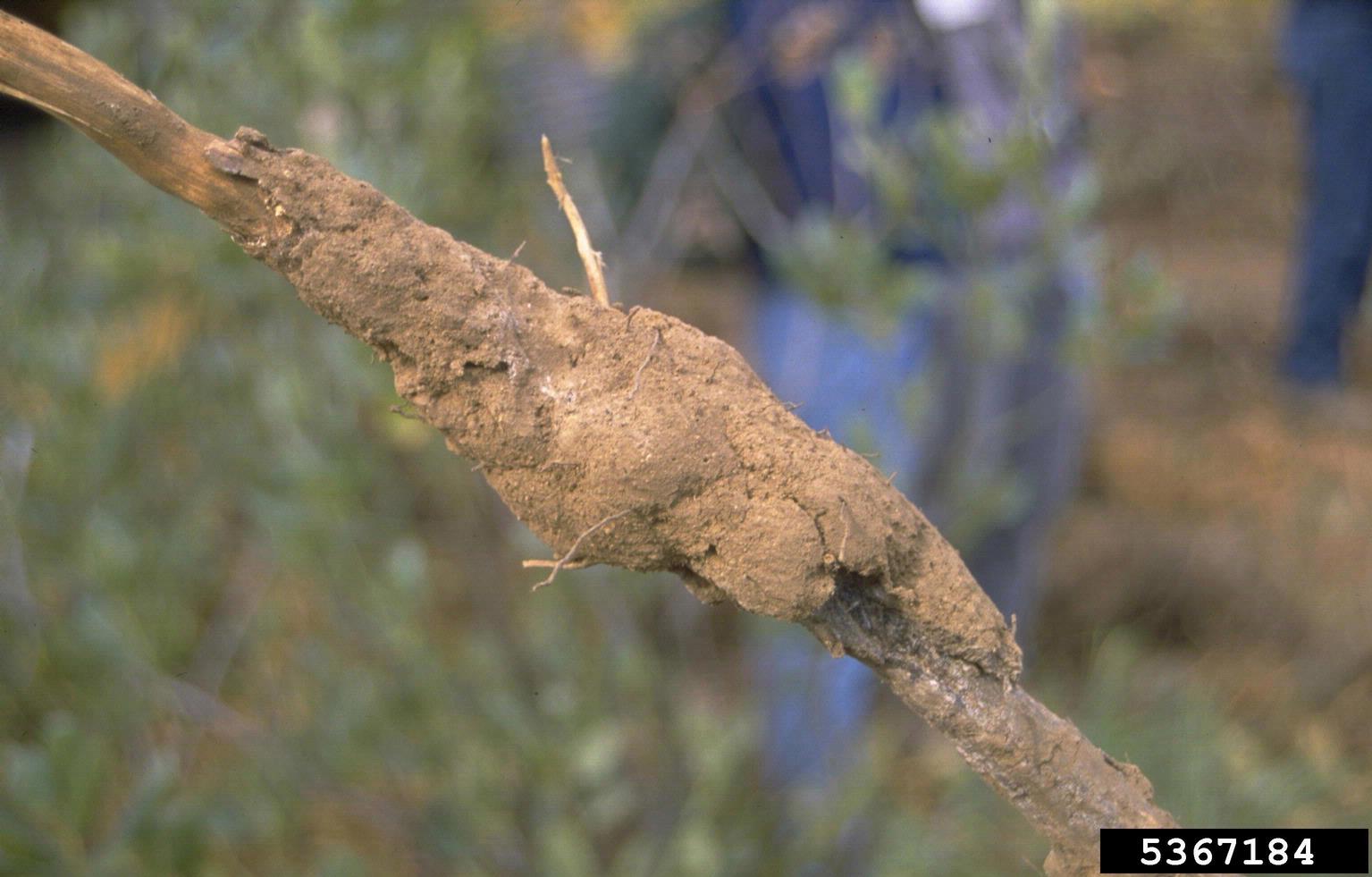Apricot Armillaria Root Rot: What Causes Apricot Oak Root Rot


Armillaria root rot of apricots is a deadly disease for this fruit tree. There are no fungicides that can control the infection or cure it, and the only way to keep it out of your apricot and other stone fruit trees is to prevent the infection in the first place.
What is Apricot Armillaria Root Rot?
This disease is a fungal infection and is also known as apricot mushroom root rot and apricot oak root rot. The fungal species that causes the disease is called Armillaria mellea and it deeply infects the roots of the tree, spreading through fungal networks to the healthy roots of other trees. In affected orchards, trees tend to die in a circular pattern as the fungus makes its way further outward each season.
Symptoms of Apricot Armillaria Root Rot
Apricots with armillaria rot will show a lack of vigor and within about a year they will die, most often in spring. Most of the characteristic signs of this particular disease are in the roots. Above ground the symptoms can be easily confused with other types of root rot: leaf curling and wilting, branch dieback, and dark cankers on large branches. For the definitive signs of armillaria, look for white mats, the mycelial fans that grow between the bark and wood. On the roots, you will see rhizomorphs, the black, stringy, fungal filaments that are white and cottony on the inside. You may also see brown mushrooms growing around the base of the affected tree.
Managing Armillaria Root Rot of Apricots
Unfortunately, once the disease is in a tree it cannot be saved. The tree will die and should be removed and destroyed. It is also very difficult to manage an area where the infection has been found. It is nearly impossible to eliminate it from the soil entirely. To attempt to do so, remove stumps and all large roots from affected trees. There are no fungicides that can control armillaria. To avoid or prevent this disease in apricot and other stone fruit trees, it is important to avoid putting trees in the ground if there is a history of armillaria or in areas of recently cleared forest. Only one rootstock for apricot, Marianna 2624, has some resistance to the fungus. It is not immune to the disease, but along with other preventative measures, it can reduce the risk of getting the disease in your backyard orchard.
Sign up for the Gardening Know How newsletter today and receive a free copy of our e-book "How to Grow Delicious Tomatoes".

Mary Ellen Ellis has been gardening for over 20 years. With degrees in Chemistry and Biology, Mary Ellen's specialties are flowers, native plants, and herbs.